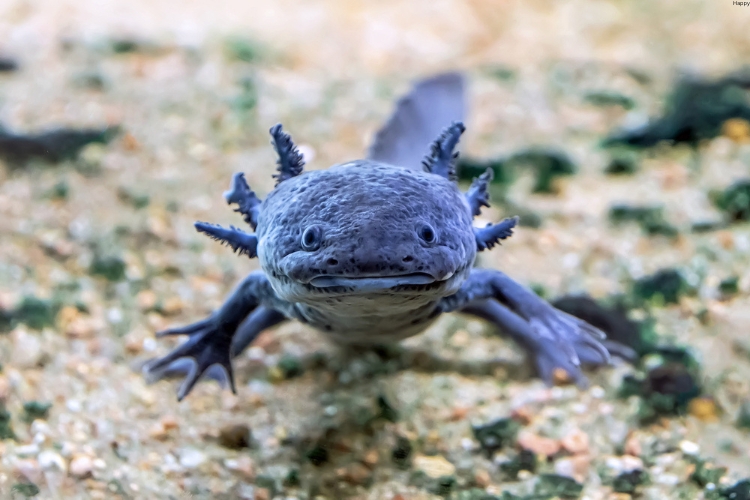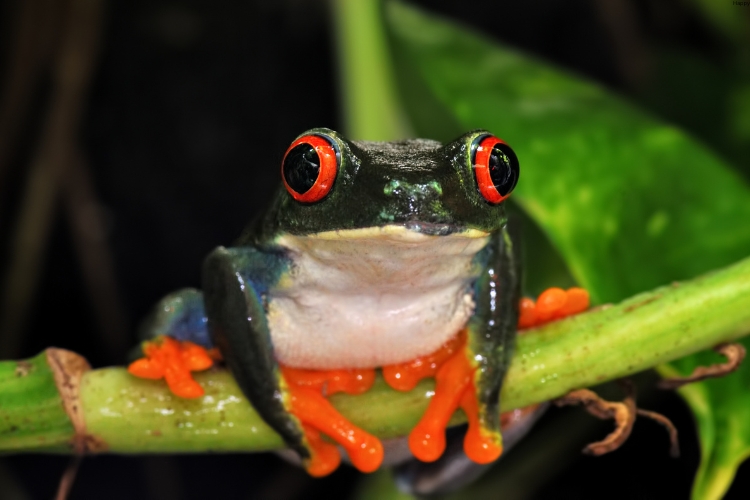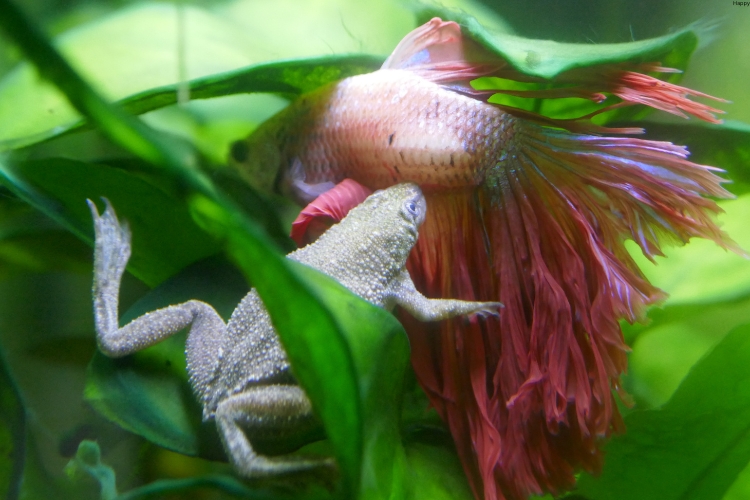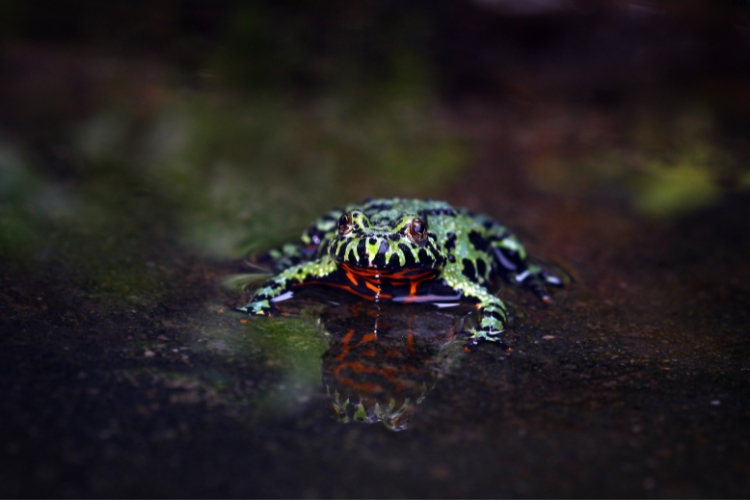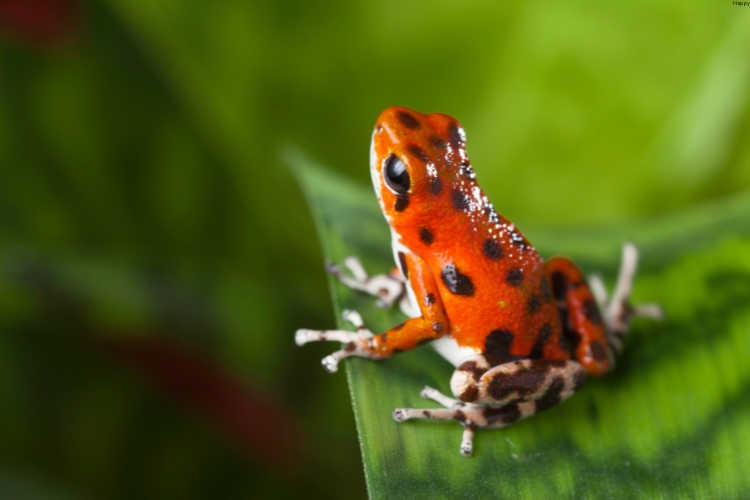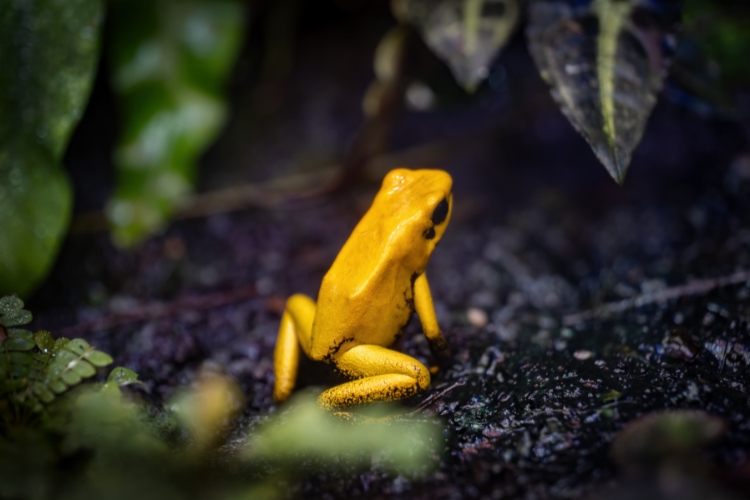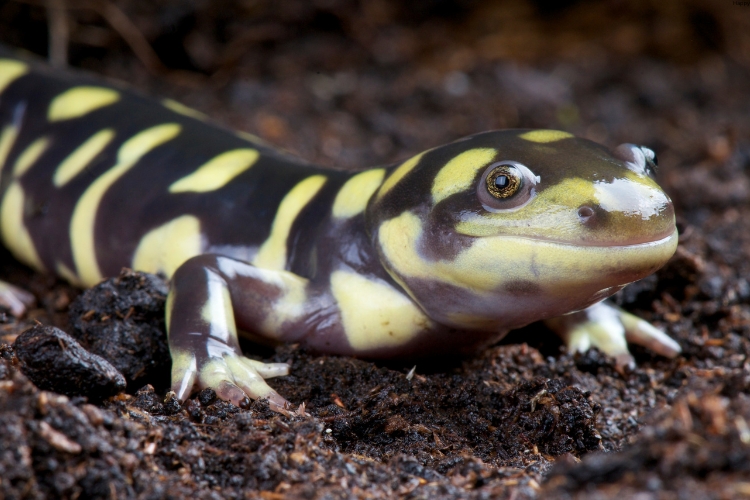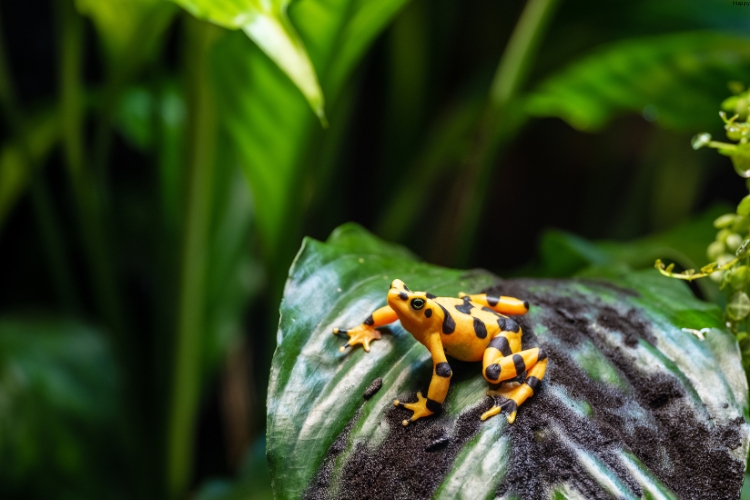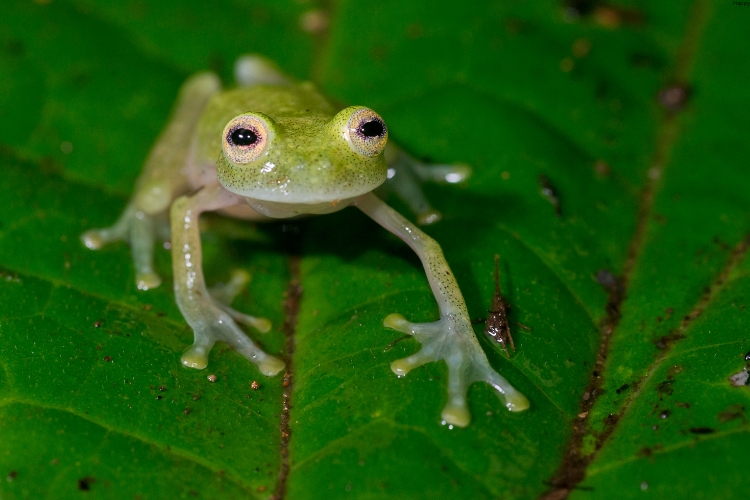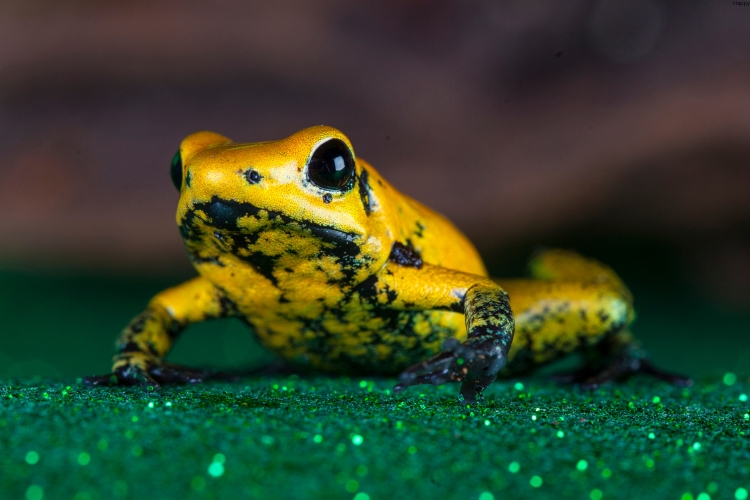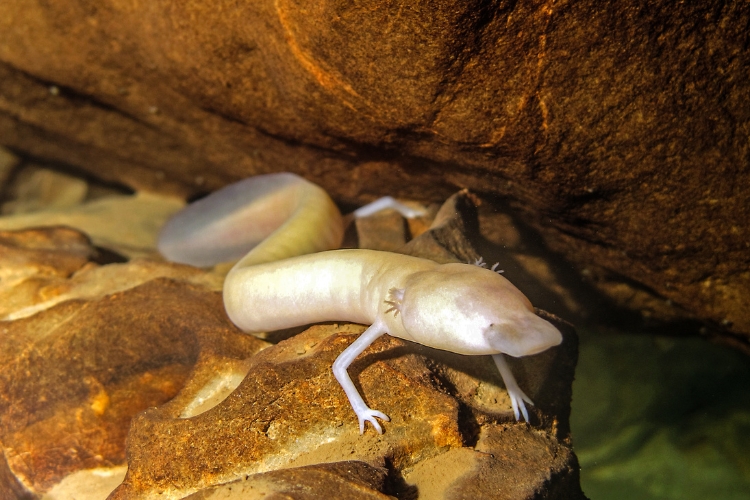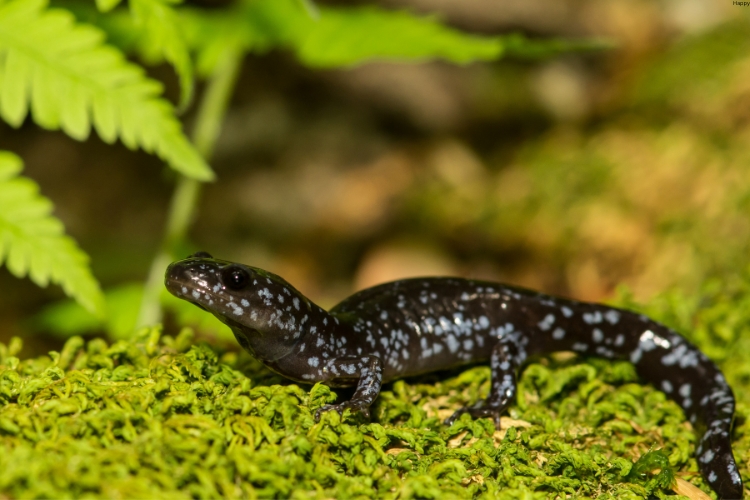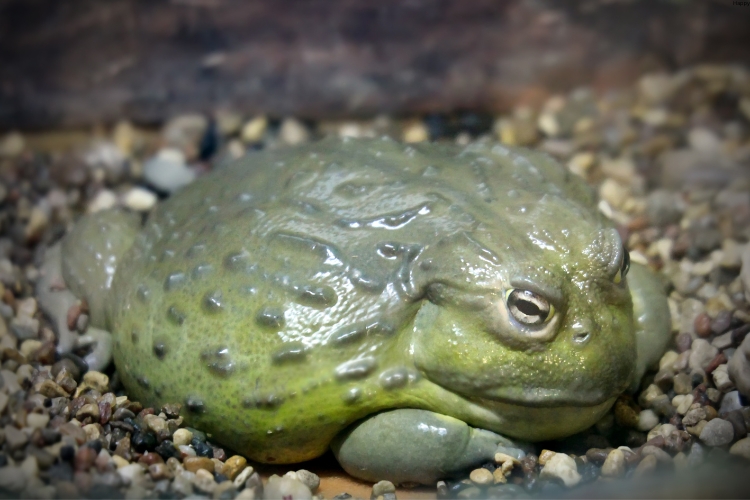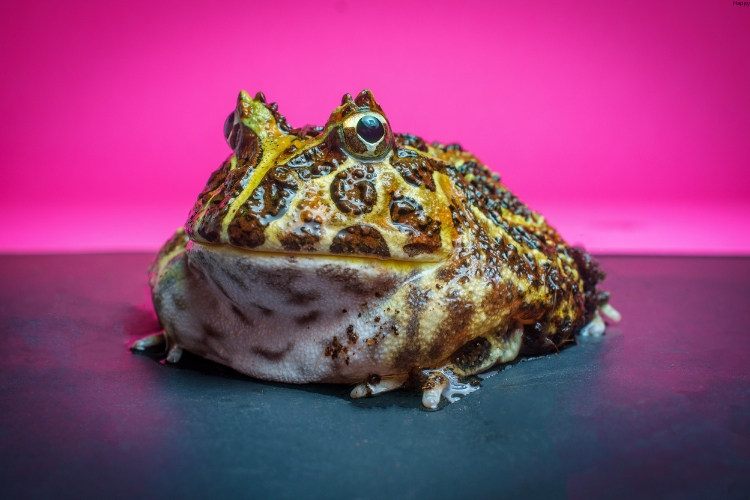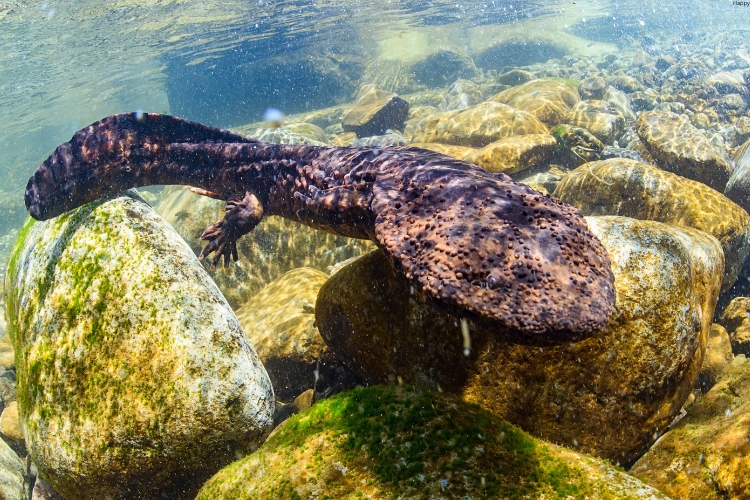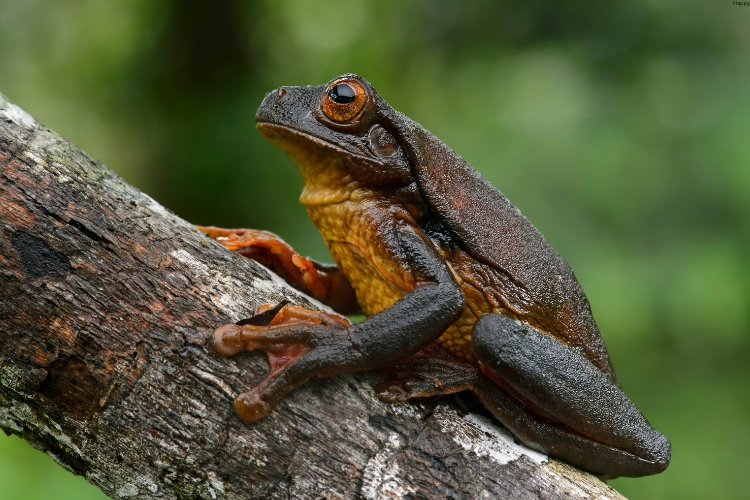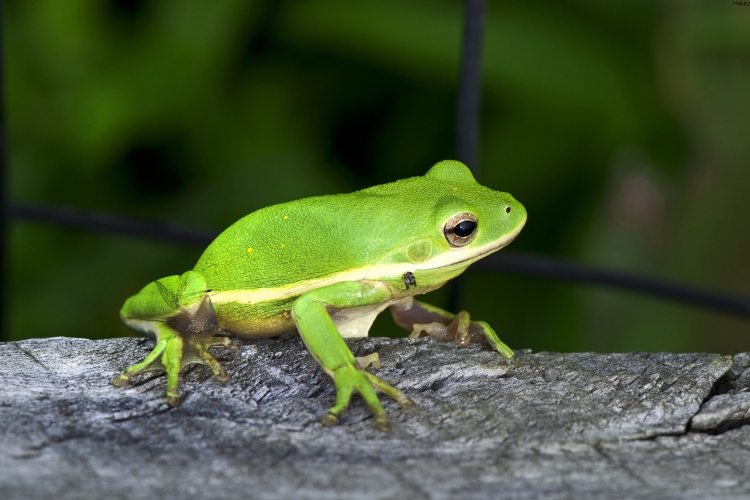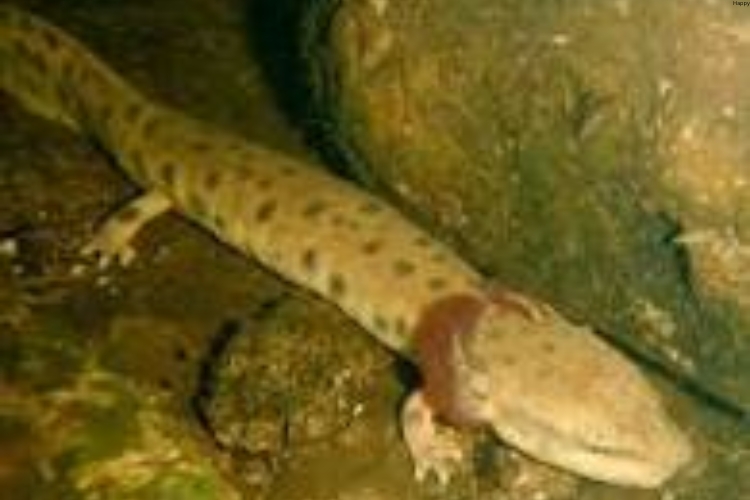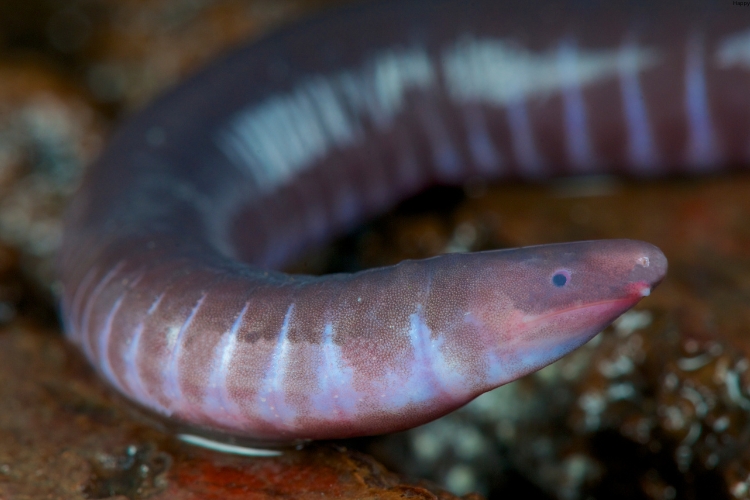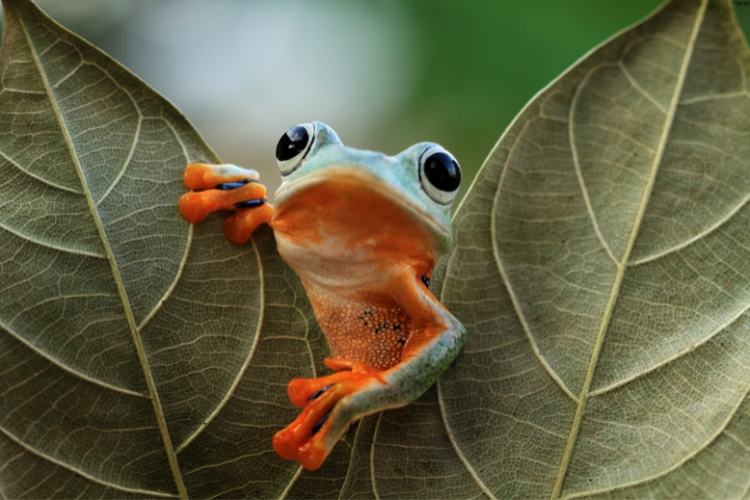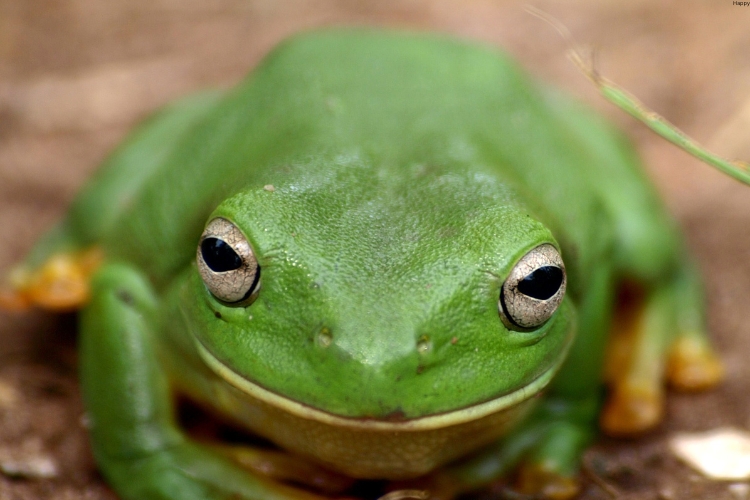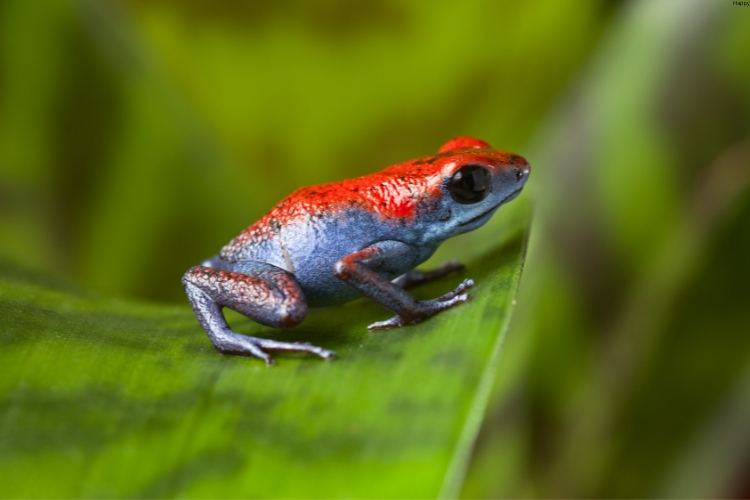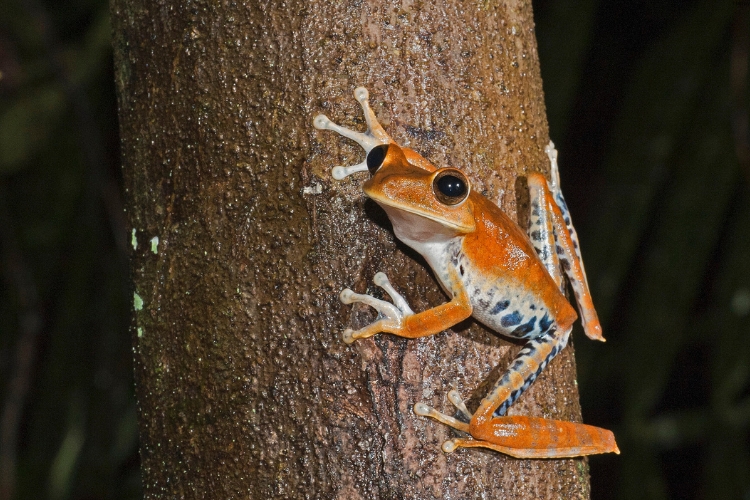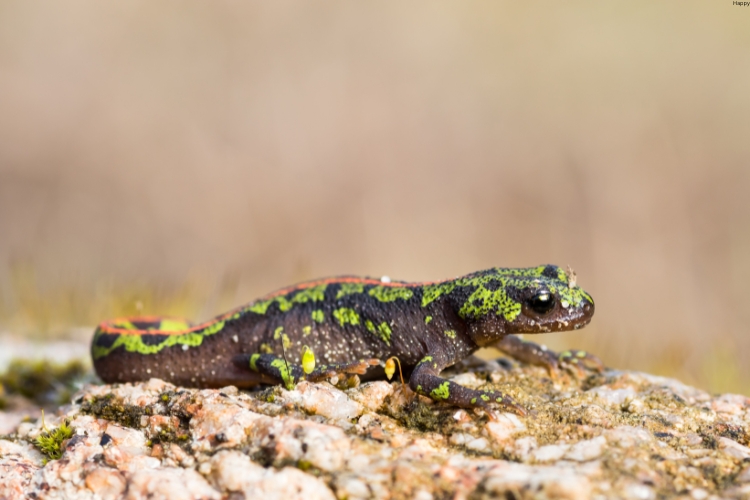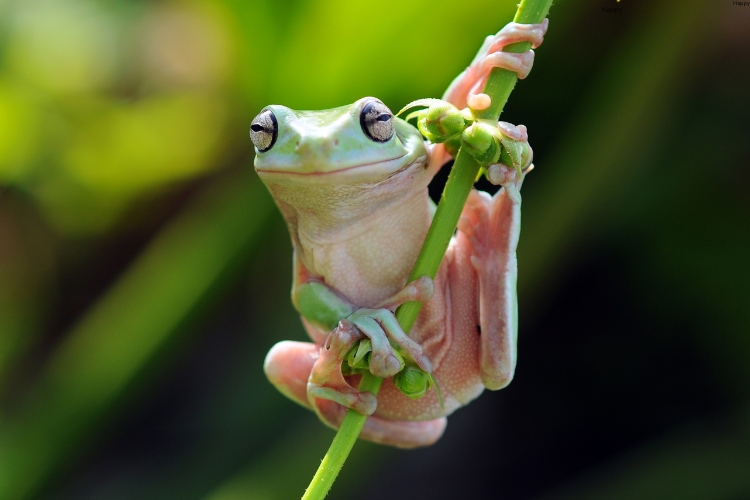Amphibians are fascinating creatures that undergo remarkable transformations throughout their lives. From tiny tadpoles to fully grown adults, these animals capture our imagination with their unique life cycles and diverse appearances.
In this blog post, we’ll explore 25 of the cutest baby amphibians, providing captivating photos and interesting facts about each species.
Whether you’re a nature enthusiast, a budding herpetologist, or simply someone who appreciates adorable animals, this comprehensive guide will introduce you to some of the most charming amphibian babies in the world.
What Makes Baby Amphibians So Cute?
Before we dive into our list, let’s consider what makes baby amphibians so endearing:
- Their small size and delicate features
- Big, expressive eyes that seem to convey innocence
- Unique patterns and vibrant colors
- Fascinating developmental stages
- Their vulnerability and need for protection
Now, let’s explore our top 25 cutest baby amphibians!
1. Axolotl (Ambystoma mexicanum)
![Baby Axolotl][]
Key Facts:
- Native to Mexico
- Can regenerate lost body parts
- Retains juvenile features throughout life (neoteny)
Baby axolotls are arguably some of the most adorable amphibian larvae. With their external gills resembling a crown of feathers and their perpetually smiling mouths, these little creatures capture hearts worldwide. Their ability to regenerate lost limbs and organs makes them not only cute but also scientifically fascinating.
2. Red-Eyed Tree Frog (Agalychnis callidryas)
Key Facts:
- Native to Central American rainforests
- Vibrant green body with striking red eyes
- Excellent climbers even as babies
Baby red-eyed tree frogs start life as small, dark tadpoles. As they develop, they gradually acquire their iconic bright green coloration and red eyes. Their tiny size and large, curious eyes make them irresistibly cute.
3. African Dwarf Frog (Hymenochirus boettgeri)
Key Facts:
- Native to parts of Africa
- Fully aquatic throughout their lives
- Tiny size, rarely growing larger than 1.5 inches
Baby African dwarf frogs are minuscule, transparent creatures when they first hatch. As they grow, they develop their characteristic olive-green coloration and webbed feet. Their small size and playful behavior make them popular in the aquarium trade.
4. Fire-Bellied Toad (Bombina orientalis)
Key Facts:
- Native to northeastern China, Korea, and parts of Russia
- Bright orange or red underside
- Secrete a mild toxin as a defense mechanism
Baby fire-bellied toads start life as small, dark tadpoles. As they metamorphose, they develop their distinctive green and black patterned backs and vibrant orange-red bellies. Their round bodies and alert expressions contribute to their cuteness.
5. Strawberry Poison Dart Frog (Oophaga pumilio)
Key Facts:
- Native to Central America
- Highly variable in color, often bright red or orange
- One of the smallest poison dart frog species
Baby strawberry poison dart frogs are incredibly tiny, measuring just a few millimeters when they first emerge from their eggs. Their bright colors and diminutive size make them utterly adorable, despite their toxic nature.
6. Golden Poison Frog (Phyllobates terribilis)
Key Facts:
- Native to Colombia
- One of the most toxic animals on Earth
- Bright golden-yellow coloration
Despite their deadly toxicity, baby golden poison frogs are undeniably cute. Their vibrant yellow coloration and tiny size (about the size of a paper clip when fully grown) make them appear almost toy-like.
7. Chinese Giant Salamander (Andrias davidianus)
Key Facts:
- Native to China
- Largest amphibian species in the world
- Can grow up to 1.8 meters (5.9 feet) in length
Baby Chinese giant salamanders are a stark contrast to their massive adult counterparts. As larvae, they’re small, slender, and have adorable external gills that give them a whimsical appearance.
8. Panamanian Golden Frog (Atelopus zeteki)
Key Facts:
- Native to Panama
- Critically endangered in the wild
- Bright golden color with dark spots
Baby Panamanian golden frogs are tiny, golden treasures. Their vivid coloration and small size make them incredibly endearing, and their conservation status adds a touch of poignancy to their cuteness.
9. Glass Frog (Various species in family Centrolenidae)
Key Facts:
- Found in Central and South America
- Translucent skin that allows internal organs to be visible
- Often have green coloration on their backs
Baby glass frogs are fascinating due to their partially transparent bodies. As tadpoles, they’re nearly invisible in water, and even as they develop, their translucent skin gives them an ethereal, delicate appearance.
10. Hellbender (Cryptobranchus alleganiensis)
Key Facts:
- Native to eastern North America
- Also known as the “snot otter” or “lasagna lizard”
- Can grow up to 29 inches in length
Despite their intimidating name, baby hellbenders are quite cute. They have a flattened body, tiny eyes, and a somewhat wrinkled appearance that gives them a unique charm.
11. Olm (Proteus anguinus)
Key Facts:
- Native to underground rivers and caves in southeastern Europe
- Also known as the “human fish” due to its pale, pinkish skin
- Can live up to 100 years
Baby olms are peculiar yet adorable creatures. Their pale, almost translucent bodies, external gills, and tiny limbs give them an otherworldly appearance that’s strangely endearing.
12. Spotted Salamander (Ambystoma maculatum)
Key Facts:
- Native to eastern North America
- Known for their striking yellow spots on a dark background
- Can live up to 20 years in the wild
Baby spotted salamanders start life as small, dark larvae with external gills. As they grow, they develop their characteristic yellow spots, which make them look like tiny, spotted dragons.
13. African Bullfrog (Pyxicephalus adspersus)
Key Facts:
- Native to southern Africa
- One of the largest frog species in Africa
- Males can grow up to 9 inches in length
Baby African bullfrogs are surprisingly cute given the imposing size of adults. They start life as small, dark tadpoles and gradually develop into miniature versions of their adult form, with chubby bodies and wide mouths.
14. Pacman Frog (Ceratophrys ornata)
Key Facts:
- Native to South America
- Known for their large mouths and round bodies
- Can live up to 10 years in captivity
Baby Pacman frogs are adorably rotund from a young age. Their large eyes and wide mouths give them a comical, almost cartoonish appearance that many find irresistible.
15. Japanese Giant Salamander (Andrias japonicus)
Key Facts:
- Native to Japan
- Second-largest salamander species in the world
- Can grow up to 1.5 meters (5 feet) in length
Baby Japanese giant salamanders, like their Chinese cousins, are much cuter than their adult counterparts. Their wrinkled skin, tiny eyes, and external gills give them an almost alien-like charm.
Table: Comparison of Baby Amphibian Characteristics
| Species | Size at Birth | Coloration | Unique Feature |
|---|---|---|---|
| Axolotl | 10-12 mm | Translucent with visible organs | External gills |
| Red-Eyed Tree Frog | 5-10 mm | Dark, gradually turning green | Develop red eyes |
| African Dwarf Frog | 3-5 mm | Transparent | Fully aquatic |
| Fire-Bellied Toad | 5-7 mm | Dark, developing green and orange | Bright belly |
| Strawberry Poison Dart Frog | 1-2 mm | Dark, developing bright colors | Extremely small |
16. Surinam Toad (Pipa pipa)
Key Facts:
- Native to South America
- Females carry eggs in their back skin
- Babies emerge fully formed from the mother’s back
While adult Surinam toads might not win any beauty contests, their babies are surprisingly cute. Watching tiny, fully-formed toadlets emerge from the mother’s back is a fascinating and oddly endearing sight.
17. Green Tree Frog (Hyla cinerea)
Key Facts:
- Native to the southeastern United States
- Bright green coloration
- Popular as a pet due to their docile nature
Baby green tree frogs are adorable miniatures of their adult selves. Their bright green coloration, large eyes, and tiny toe pads make them look like living jewels.
18. Mudpuppy (Necturus maculosus)
Key Facts:
- Native to North America
- Fully aquatic salamander
- Retains external gills throughout life
Baby mudpuppies are charming little creatures with their external gills, giving them a frilly, almost regal appearance. Their spotted patterns and wide-set eyes contribute to their cuteness.
19. Caecilian (Various species)
Key Facts:
- Found in tropical regions worldwide
- Legless, worm-like amphibians
- Some species provide maternal care
While adult caecilians might look a bit intimidating, baby caecilians are surprisingly cute. Their tiny size and smooth, shiny skin give them an almost toy-like appearance.
20. Alpine Newt (Ichthyosaura alpestris)
Key Facts:
- Native to central and southern Europe
- Known for their vibrant breeding colors
- Can regenerate lost limbs and organs
Baby alpine newts start life as aquatic larvae with external gills. As they grow, they develop their characteristic orange bellies and blue-black backs, making them look like tiny, colorful dragons.
21. Vampire Flying Frog (Rhacophorus vampyrus)
Key Facts:
- Native to Vietnam
- Named for the tadpole’s unusual black fangs
- Adults have webbed toes for gliding
Despite their somewhat spooky name, baby vampire flying frogs are incredibly cute. Their tiny size and unique adaptations, including their temporary “fangs,” make them fascinating and adorable.
22. Darwin’s Frog (Rhinoderma darwinii)
Key Facts:
- Native to Chile and Argentina
- Males incubate tadpoles in their vocal sacs
- Critically endangered
Baby Darwin’s frogs are unique in that they complete their development inside their father’s vocal sac. When they emerge, they’re fully formed and incredibly tiny, measuring just a few millimeters in length.
23. Purple Frog (Nasikabatrachus sahyadrensis)
Key Facts:
- Native to India
- Also known as the pig-nosed frog
- Spends most of its life underground
Baby purple frogs start life as typical tadpoles but quickly develop their unique, somewhat bizarre appearance. Their tiny size and unusual features make them oddly endearing.
24. Goliath Frog (Conraua goliath)
Key Facts:
- Native to Cameroon and Equatorial Guinea
- Largest frog species in the world
- Can grow up to 32 cm (12.6 inches) in length
Baby Goliath frogs are a stark contrast to their massive adult counterparts. They start life as small tadpoles and gradually grow into their impressive size, making the early stages particularly cute.
25. Marbled Newt (Triturus marmoratus)
Key Facts:
- Native to France, Portugal, and Spain
- Known for their striking green and black marbled pattern
- Males develop a distinctive crest during breeding season
Baby marbled newts are adorable with their tiny size and gradually developing marbled patterns. Their delicate features and bright eyes make them particularly endearing.
Conclusion
The world of baby amphibians is filled with an astonishing variety of cute and fascinating creatures.
From the smiling face of a baby axolotl to the tiny, colorful body of a strawberry poison dart frog, these young animals capture our hearts with their unique features and delicate forms.
As we’ve explored these 25 cutest baby amphibians, we’ve seen a wide range of adaptations, colors, and life cycles. Each species has its own charm, whether it’s the transparent body of a glass frog, the peculiar shape of a hellbender, or the vibrant patterns of a fire-bellied toad.
It’s important to remember that while these baby amphibians are undeniably cute, many of them face significant challenges in the wild. Habitat loss, pollution, climate change, and diseases like chytrid fungus threaten amphibian populations worldwide.
By appreciating and learning about these amazing creatures, we can become more aware of the need to protect them and their habitats.
Whether you’re a nature enthusiast, a photographer, or simply someone who appreciates the beauty of the natural world, these baby amphibians offer a glimpse into the incredible diversity of life on our planet.
Their cuteness serves as a reminder of the wonder and fragility of nature, inspiring us to take action to ensure these species continue to thrive for generations to come.


